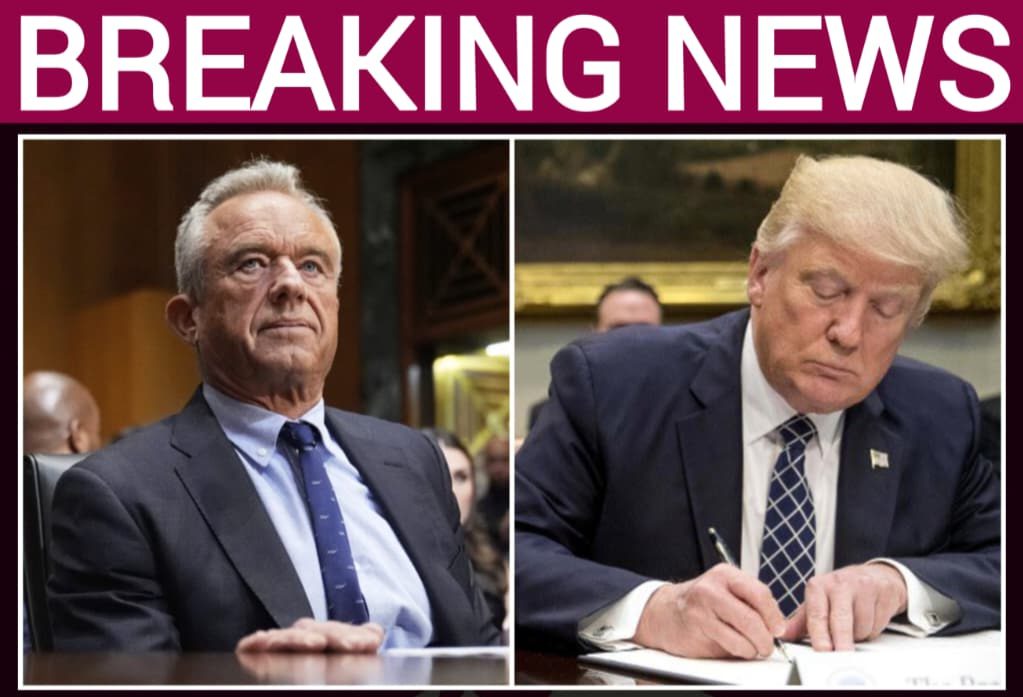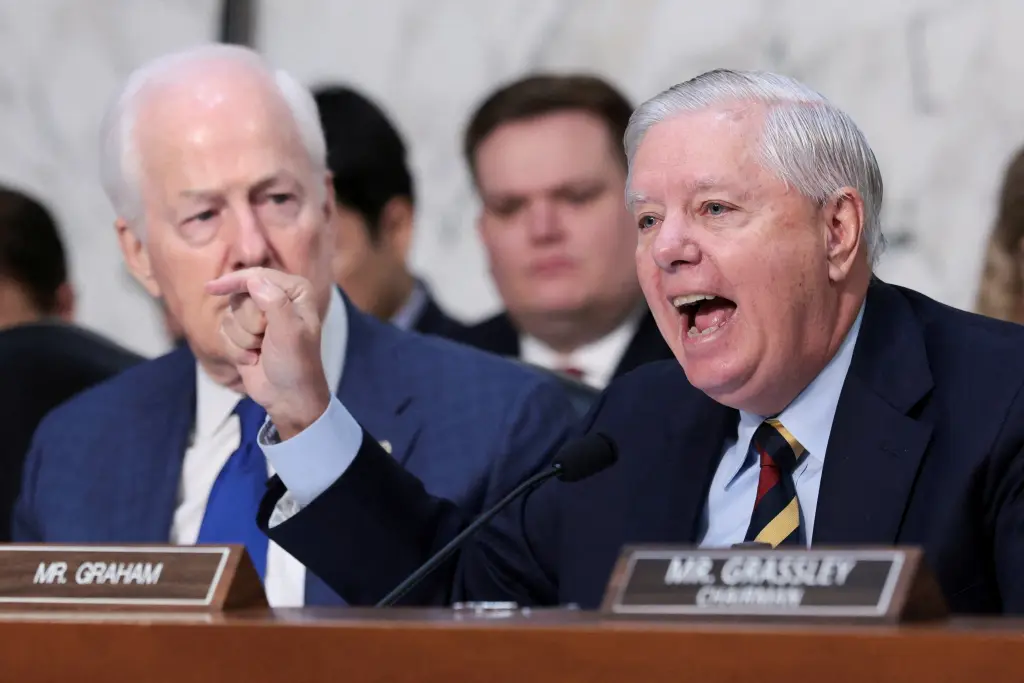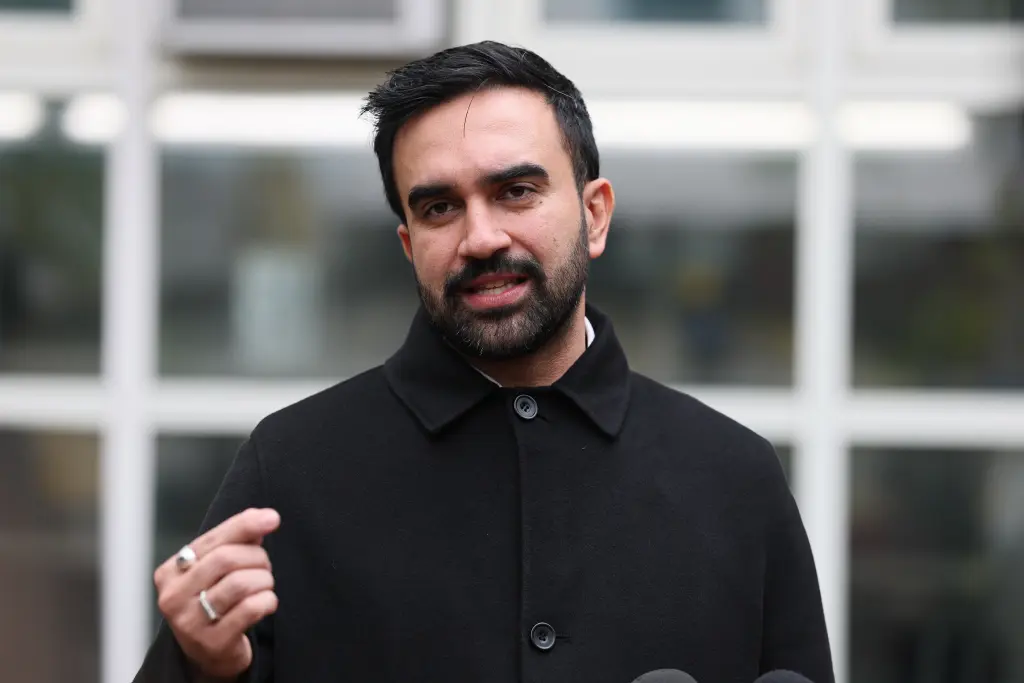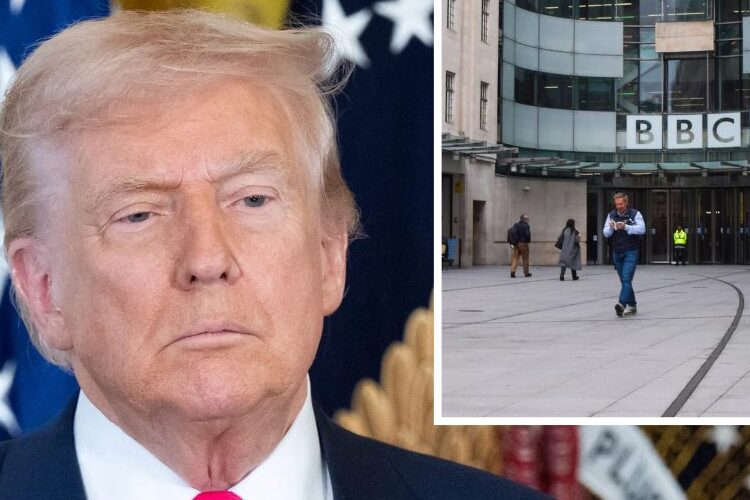President Trump Orders Full Health Risk Disclosures in Big Pharma Ads as FDA Cracks Down on Misleading Marketing
In a move that is already sparking intense debate across the country, President Donald Trump has signed a memorandum aimed directly at the way pharmaceutical companies advertise their products. The order, announced this week, forces drugmakers to fully disclose all known health risks in their ads and directs the Food and Drug Administration to take a harder stance against any company found to be putting out misleading messages. The decision marks one of the most aggressive steps yet in reshaping how Americans see and understand prescription drugs on their screens, and it has set the stage for even bigger changes, with talk of banning television ads entirely now looming in the background.
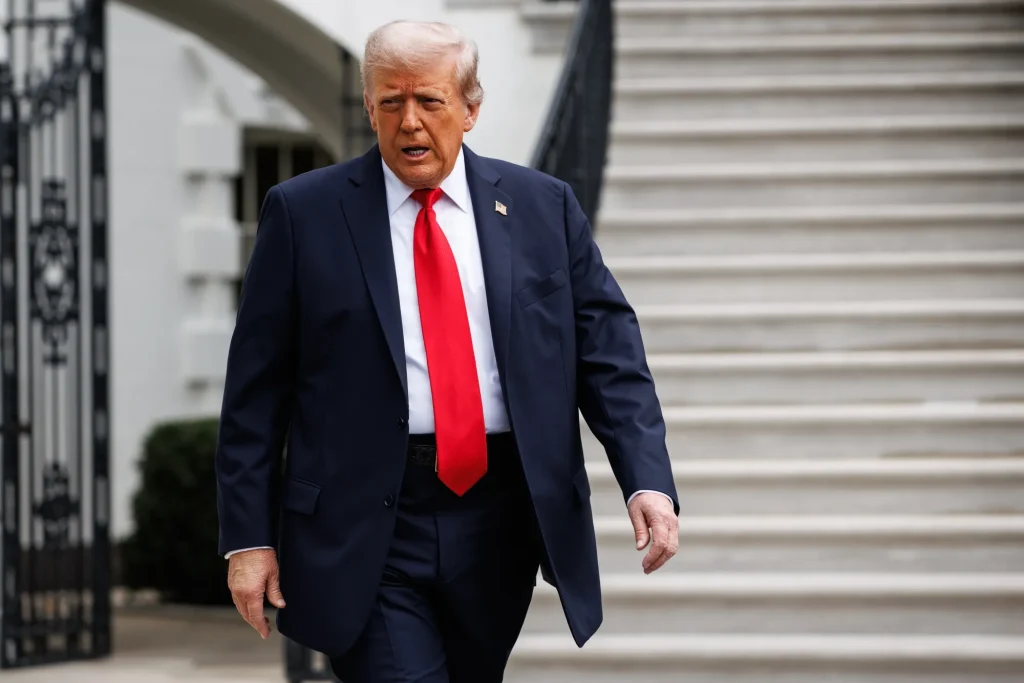
For decades, direct-to-consumer pharmaceutical advertising has been a defining feature of American media. Viewers have grown accustomed to glossy TV commercials where smiling families and catchy slogans are accompanied by a rushed voice-over listing potential side effects. Critics argue that these ads often minimize risks while overselling benefits, leading people to pressure their doctors for brand-name drugs they may not even need. Supporters, however, have long maintained that advertising keeps consumers informed and encourages them to seek treatment. Trump’s new order doesn’t ban the ads outright but demands that the fine print can no longer be hidden in rapid disclaimers or obscured behind upbeat imagery.
The FDA has been instructed to ramp up its enforcement efforts, going after companies whose ads fall short of this new requirement or are found to be misleading in any way. That includes not only traditional commercials but also promotions online and through social media influencers, a growing area of concern as more drugmakers push their products in digital spaces. According to officials, the goal is to protect consumers from being misled by advertising that could put their health at risk.
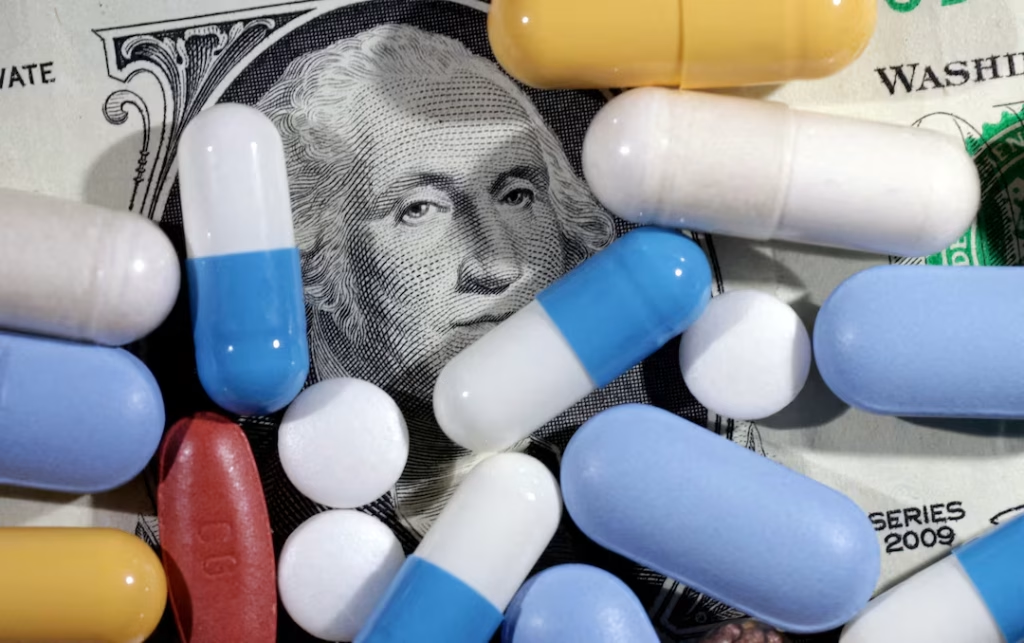
The push comes at a time when criticism of pharmaceutical advertising is louder than ever. Earlier this year, a controversial Super Bowl ad for weight-loss drugs sparked outrage after it promoted prescription medications without clearly listing the possible side effects. That commercial ignited a wave of criticism about whether the current system is doing enough to ensure that people know exactly what they’re being sold. Trump’s memorandum appears to be a direct response to that growing concern, signaling that the government intends to hold companies accountable for every word and image they broadcast.
Talk of banning big pharma ads on TV altogether adds another layer to the debate. While no such ban has been enacted yet, the idea is gaining traction in Washington. Senators Bernie Sanders and Angus King recently introduced a bill that would end direct-to-consumer drug advertising outright, covering television, radio, print, and even digital platforms. Such a move would represent a seismic shift, as the United States is one of only two countries in the world, along with New Zealand, that allows drug companies to market prescription products directly to consumers. Whether Trump takes steps in that direction remains to be seen, but his latest order makes clear that the era of lightly regulated drug ads may be coming to a close.
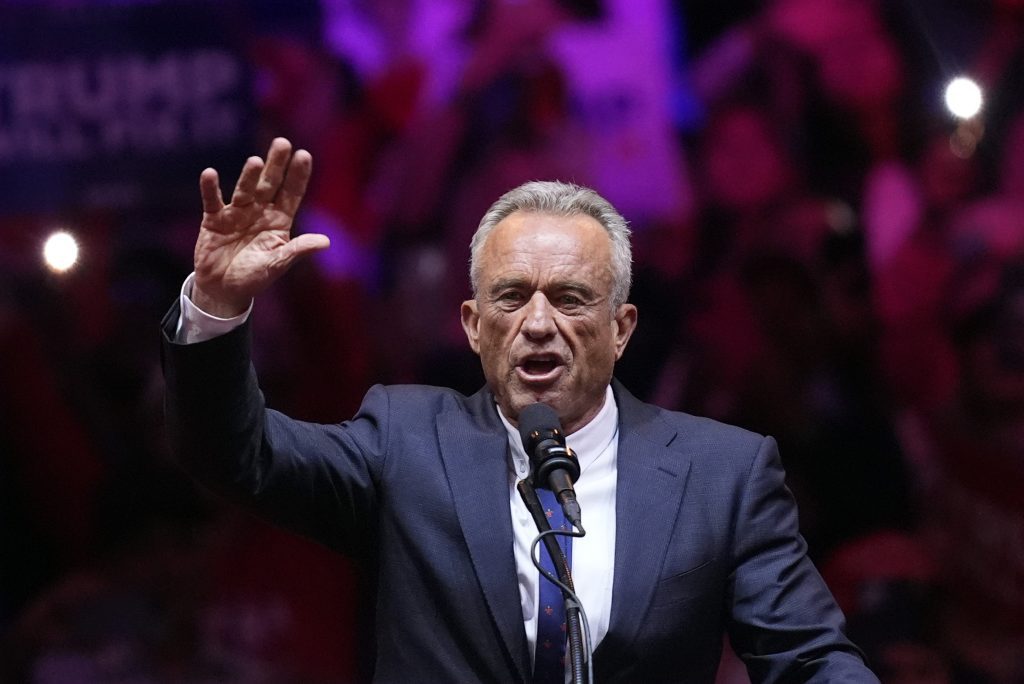
Reactions to the memorandum have been mixed. Consumer advocates and watchdog groups have praised the decision, saying it could save lives by ensuring people understand the real risks of the drugs they see advertised. Industry groups, however, warn that new disclosure rules could make ads confusing or discourage patients from seeking help. There is also the looming question of how pharmaceutical companies will adapt if disclosures must become more prominent, potentially making their commercials less appealing or harder to sell.
For now, what’s clear is that the relationship between the pharmaceutical industry and the American public is changing. The glossy ads that once filled airwaves with promises of quick fixes will now face a new level of scrutiny, and the conversation about whether these ads belong on TV at all is gaining momentum. Trump’s memorandum may not end the ads overnight, but it has already shaken the ground beneath an industry that has relied on them for decades. And for millions of Americans who have grown used to tuning out the disclaimers, the days of overlooking the risks might soon be over.
